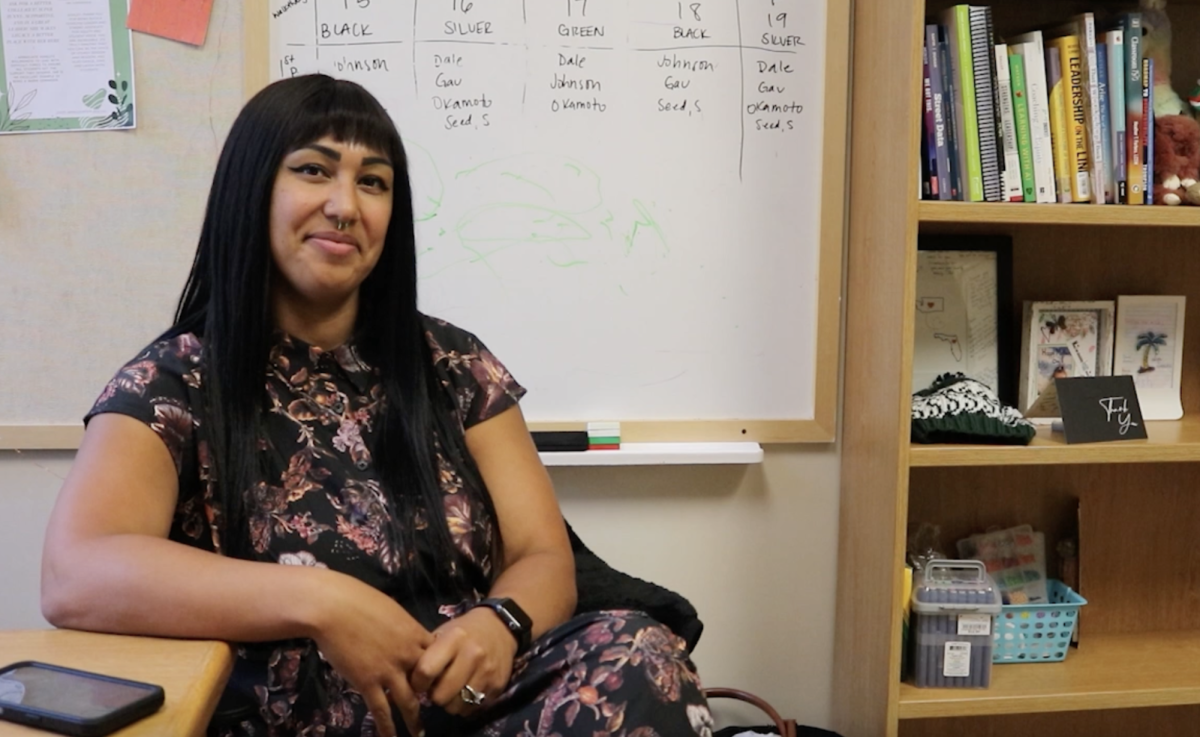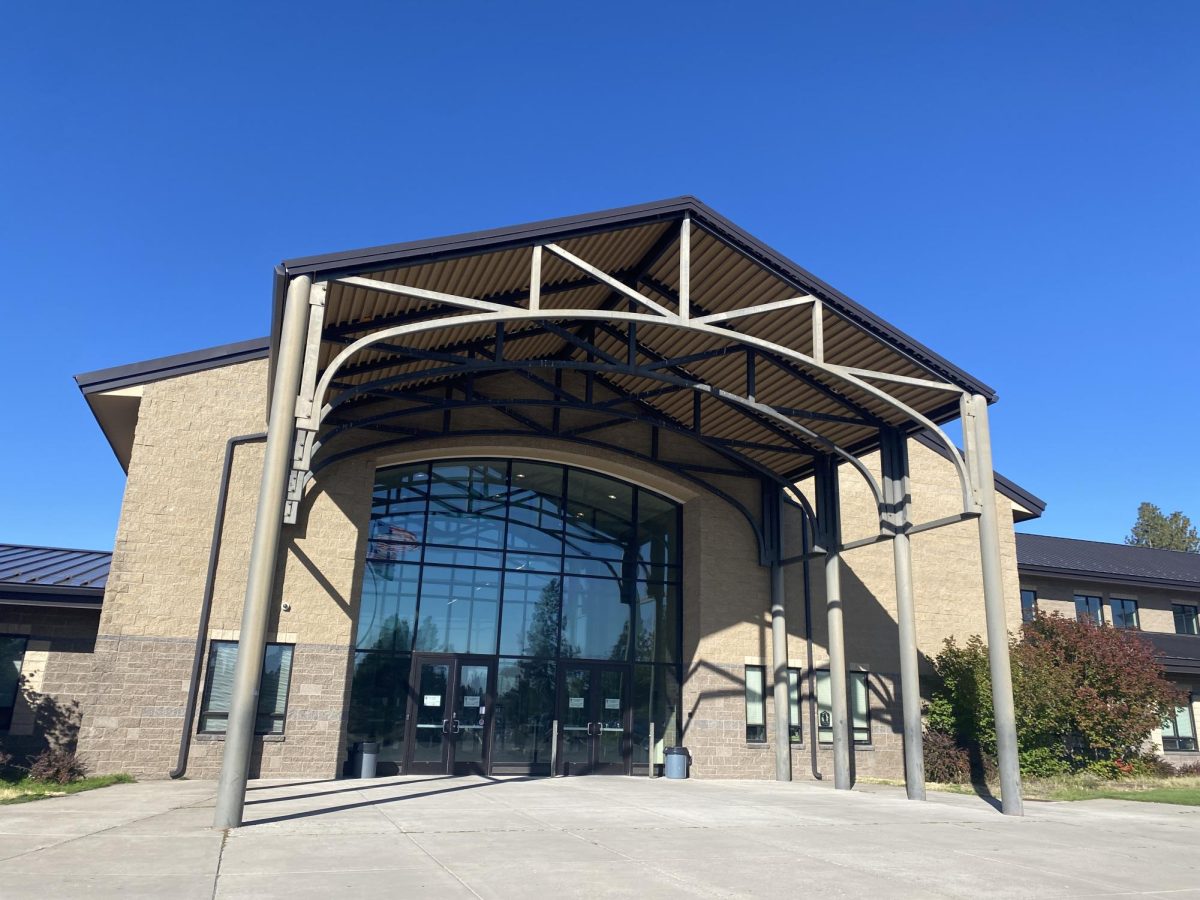As some students’ turn 16, they are faced with a choice: either giving up 42 hours of their free time for a two month Driver’s Ed course. Or, committing to 100 stressful hours of parent supervised driving. Since Oregon, unlike other states, does not require Driver’s Ed for a student to get their license, teens are left with a lot of freedom.
Currently, I, like many other sophomores, am deciding whether or not to take Driver’s Ed. And while this seems like it should be a simple yes or no question, it’s much more complex. Especially with the recent price increase and plethora of unwanted opinions, it’s made it harder for students to decide.
Oregon Driver and Motor Vehicle Services offers students two ways to get their license when they turn 15. They can choose to either participate in a certified Driver’s Ed course and complete 50 hours of parent approved driving or accomplish 100 hours of recognized drive time with a parent, then pass a behind the wheel test at the DMV. In Bend, students who choose to do Driver’s Ed do it through High Desert Driving School, a Redmond-based program that offers classes to Deschutes and Crook County.
The cost of this program has doubled over the past few years, causing it to become inaccessible to some families. With an increase of over $600 in the last 20 years, the class now costs $799. Rampant price surges have definitely limited its availability to some teens, causing an equity issue. Even parents who have made the choice of taking Driver’s Ed recognize that price can be a big problem.
“I would hope to [enroll my kids], but the cost for Driver’s Ed has doubled, and so that’s a huge barrier for families,” said Pam Orton, Summit High School Nurse and mother of four teenagers.
When asked about the price increase, Nancy Haase, High Desert Driver Education program manager attributed the rise in tuition costs to meeting expenses for the program.
“We are a not-for-profit program run through the High Desert Education Service District,” said Haase. “In the past, we have had some of our costs subsidized by the ESD who is no longer able to provide that funding. Moving forward, we need to be self-sustaining.”
Haase also mentioned the extra expenses brought about by the overhead costs to run the program, payroll for the instructors, vehicle maintenance, fuel cost and insurance.
Still, the escalating price puts students in an unfortunate situation, bringing up the question of what those whose parents aren’t supportive, capable or economically viable are supposed to do. And reducing the cost isn’t an option, either. One of the only ways to obtain a scholarship is qualifying for free and reduced lunch. If this pertains to students, a $75 reduction will be applied onto the total cost of the program. This small discount barely chips away at the huge price and doesn’t offer much support to students who need it.
“I’m not planning on taking Driver’s Ed because my parents won’t pay that much if they can just teach me themselves,” said Summit sophomore Poppy Donnell.
Despite the huge expense, there is data that suggests Driver’s Ed keeps the roads safer. An ODOT study found that teens who take a Driver’s Education course have a 21 percent lower crash rate than those who don’t.
“Today, the greatest benefit of taking Drivers Ed is simply the increased awareness that a young driver learns in how to avoid accidents,” said Perry Rhodes, father of a sophmore and agent for Farmers Insurance.
ODOT statistics show that teens ages 15 – 20 without proper driver education are responsible for 91 percent of teen driver crashes. This prompts the consideration of whether or not parent-taught drivers are well enough trained.
“Learning from a licensed adult may not give them [students] complete insight into certain situations, and there is a possibility of adopting some bad habits established by an experienced driver,” Haase pointed out.
Driver’s Ed does clearly offer a benefit to young drivers, however, people who can’t afford to participate still miss out on those valuable skills.
Oregon may have been trying to implement a more inclusive option by not mandating Driver’s Ed and offering the 100 hours of outside practice as an alternative. Although, this could lead to people getting their license without enough driving experience, causing road safety hazards.
“The National Highway Traffic Safety Administration (NHTSA) and the Oregon Department of Transportation (ODOT) have conducted many studies regarding the results of collisions and citations involving teens,” said Haase. “They have found that only about 15% of drivers are students who took a driver education course. It makes a difference to get training from an approved program.”
Nonetheless, if you can’t afford the class you are essentially put at risk in future driving situations.
Most adults and parents, however, seem to adopt a more positive viewpoint, advocating for Driver’s Education and preaching its benefits surrounding road safety and the outside perspective on their teens driving.
“I feel like it prepared [my kids] more than I could have prepared them to take to the streets,” said Orton, whose two older teens went through the program.
“They [students] are getting another adult’s perspective and positive influence on driving habits that supports what the parents are trying to instill,” said Jodie Lindemann, another Summit parent, when asked about the benefits.
This, of course, is true: sometimes it’s hard for students to learn from their parents and sometimes it’s hard for parents to teach their students. Getting an unbiased perspective on your driving skills is definitely beneficial to a teens learning.
An additional factor that prompts an interest in Driver’s Ed is the misconception that it provides huge insurance benefits to young drivers. Many people are unaware that this is mostly untrue. Not all insurance companies offer a lowered insurance rate due to the completion of Driver’s Ed and as of recently, if they do, it isn’t a huge deduction.
“Driver’s Education is very important, but it does not impact the rate that an insurance customer pays as much as it has in the past.” Said Perry Rhodes, an agent for Farmers Insurance.
Therefore the lack of advantages does not warrant enrolling in Driver’s Ed for the sake of insurance benefits.
I do believe that Driver’s Ed is a good way to improve road safety and can benefit students’ driving skills, however, if it’s so beneficial why is it reserved only for select students? If Driver’s Ed was a state-funded program, the outreach could be greater and more students could participate. As per the data, kids who take Driver’s Ed are safer, so how is it fair to put those who can’t afford it in danger?
In other states, this funded program is, or was, a reality. According to a 2019 study, the American Driver and Traffic Safety Education Association (ADTSEA) found that 95% of students in the 1970s had access to public driver’s education. Now, only 10 states offer free driving training.
State funding would be valuable as the prices will only continue to rise in the future and it would level the playing field for students with financial hardships.
However, what I’ve come to realize is that whatever decision you select, there is a disadvantage. If you take the class you need to cover the cost and if you choose not to take the class you need to have supportive, involved parents. At the root of this issue is equity. So what do students who don’t have either of these do? Until a shift occurs in the means of funding, less fortunate students will just have to bear the unfair burden of limited options.
































